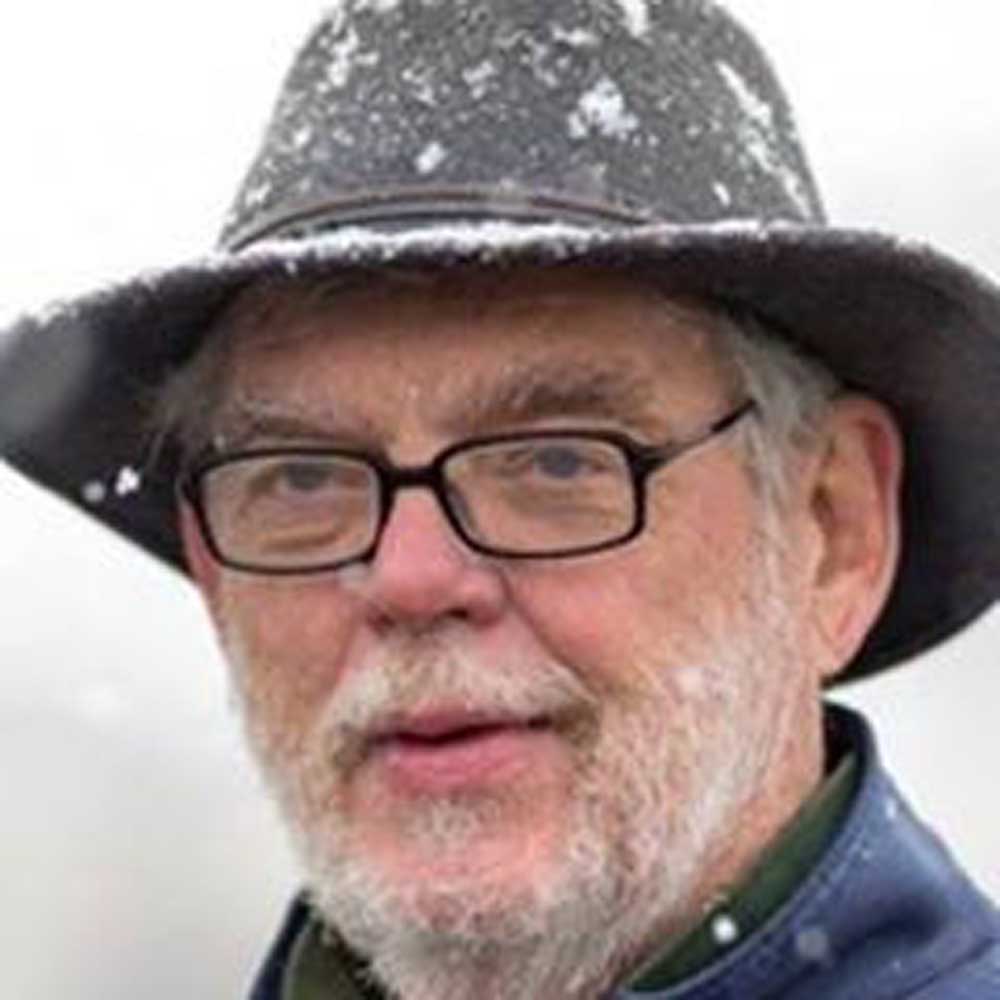Main Street: 50 years on Main Street
Published 7:00 am Wednesday, July 15, 2020

- Wandschneider
When I started writing this column over 30 years ago, I had an eye on a regular feature that had been in the Chieftain when I arrived in the county in July of 1971, Ben Weathers’ “Fifty Years on Main Street.”
Well, Ben, I’ve got my 50 years now. Damn, seems like yesterday when I first climbed the courthouse steps to take my seat in the County Extension Office. I waited for Chuck Gavin to drink his morning coffee at Homan’s Drugstore, took off my tie and sport coat and hid them in the closet as secretary Ruth Makin pointed cowboy hatted, booted Chuck out to me crossing the street. Had a day of it — as I’ve written before — visiting farmers, ranchers and loggers from one end of the county to the other with Chuck. I knew I’d found a pretty good place, away from the clamor of a noisy year in Washington, D.C., and the strife that raged in many American cities.
Trending
I didn’t know the Nez Perce from the Navajo when I got here. I can’t say that I was a fast learner, but will say that I’ve become a “lifelong learner.” And the lessons of the Nez Perce, from their long-ago removal in 1877 to today’s longhouse and 320-acre “Homeland” site in Wallowa, are the lessons I now hold most dear. Nestled between those events are the Nez Perce National Park, the “Previous Lands” in north country, the on-going work of Nez Perce Fisheries, and last summer’s installation of “The Return,” the sculpture in bronze and granite by Nez Perce artist Doug Hyde that sits in front of the Josephy Center where I work.
Let me get nostalgic a minute and try to remember 50 years ago. First, people warning me over pie at a Grange potluck that one had to go back four generations or at least 40 years to be a local. Without trying to be too smart-alecky, but wanting to assert the wisdom of a 28-year-old who had traveled some, I’d answer that I’d just come from the East Coast, where one had to trace to the Mayflower to be an old-timer. And — I would pile on — I’d spent most of five years in Turkey before that, where being native meant from dirt. So I’d ponder that the true old-timers in Wallowa Country had to be Nez Perce.
———
I mentioned Ben Weathers. He had an office in the building that would eventually become our Bookloft. But that was six or seven years later, after Ben had passed. But in the early days, after I had been introduced to Ben and shook his hand, it occurred to me that in 1971, the year I arrived, the Nez Perce removal and war was not yet 100 years in the past, and Ben would have been here on Chief Joseph’s last visit. He might even have met the old chief and shook his hand, putting me within two handshakes. We left the “Ben Weathers Insurance” sign up in the Bookloft.
Dan DeBoie owned the hardware store and loaned more tools than he sold me to keep my Volkswagen, dogs and sheep alive. Dan told me that he was 8 years old when they reburied Old Chief Joseph up at Wallowa Lake. They let school out, and the kids were walking to the ceremony when the Forest Service ranger, a 300 pounder whose name I don’t remember, scooped Dan up and took him horseback the rest of the way. I can imagine Dan in the photos of that event.
Before the mid-1980s, when we started working on the Homeland Project in Wallowa with Terry Crenshaw and Taz Conner, I got book learning and personal tutoring on Indian matters from Alvin Josephy and Grace Bartlett. Grace had apprenticed herself to local historian Harley Horner in the 1930s, and co-written several articles for the Oregon Historical Quarterly. When Alvin’s big book, The Nez Perce Indians and the Opening of the Northwest, came out in 1965, Grace quibbled with some of his statements on the Wallowa. Alvin challenged her to write her own book.
Trending
She did, and it is the Wallowa Country, 1867-77, an almost day-by-day account of the last years of Indian tenure and the first years of white settlement in the Wallowa. I reread it recently, and it’s a gem for local history, but also unique in covering that transition period of Indian to white so carefully.
I ramble on — wanted to mention old A. C. Smith, the Wallowa Country white man of the past I would most like to talk to, and some of the many fine Indian friends I have been privileged to meet. Well, Ben Weathers kept going — his last columns were “65 years on Main Street” — so I’ve still got time.
Thanks, Wallowa County, for welcoming me 50 years ago, and for letting me have my say these many years.








